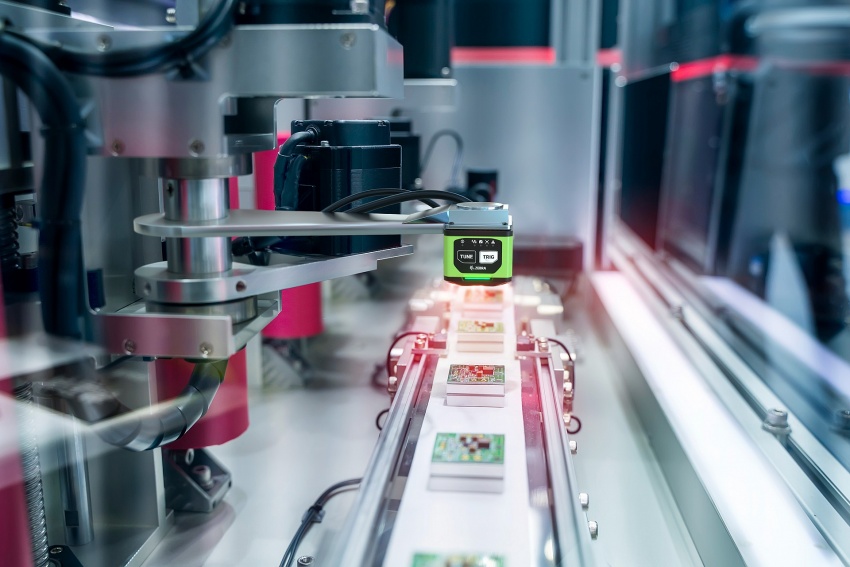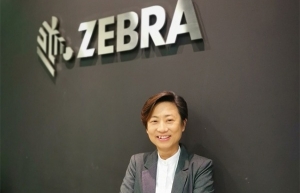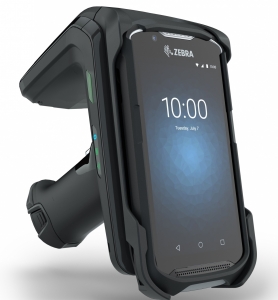How will the cloud change deep learning machine vision operations for manufacturers?
A recent study conducted by Zebra Technologies shows that in Asia-Pacific, while only 30 per cent of manufacturing leaders use machine vision across the plant floor, 67 per cent are implementing or planning to deploy this technology within the next five years. It is a reminder for machine vision partners to think more about how cutting-edge technology can be optimised for customers. Are there ways that technologies like deep learning machine vision could be more accessible, easier to use, and better deployed within a company? Is it not the time to overcome the lingering reticence we sometimes hear when it comes to leveraging cloud computing in manufacturing?
 |
| Christanto Suryadarma, sales vice president for Southeast Asia, South Korea, and Channel APJeC, Zebra Technologies |
We know from the same study that there is a range of ways manufacturers procure machine vision solutions – solution selection can be at the site level with sign-off at the corporate level, or selection and sign-off can both be at the site level. These are underpinned by pricing agreements at the country and regional levels, but less so at a global level.
This ‘site level’ focus has its benefits but can leave room for less desirable variation. There remains the possibility of different sites using different machine vision solutions for similar workflows, and the possibility of expertise and data not being shared across sites. Even if teams desire it, integration, interoperability, and secure data sharing via conventional machine vision systems make things difficult.
Cross-site data challenges
AI, particularly deep learning, thrives on data. The volume, variety, and velocity of good quality data is key to training and testing deep learning models, so they deliver the outcomes expected when deployed in real life.
Experience and time available can vary between teams and sites, which can create silos and make achieving data quality more challenging. Data needs to be stored, annotated, and used for training models, with other data sets needed for model testing. Company data in these cases should not remain siloed to the detriment of better training for machine vision models.
A model trained on a limited set of nearly identical objects will not perform well when faced with real-world variations. For instance, training a model to recognise defects in a manufactured component cannot rely on 20 images of the same component with slightly different angles. To be effective, 20 to 50 truly different objects are needed in the training data. These objects need to be distinct, with no shared elements apart from the background, although the whole scene can be subject to site-to-site variations, such as different illumination and/or a different looking conveyor belt.
A deep learning neural network should be exposed to as much variation as possible, including different hours and days of production. A mix of random dates in the dataset is needed which may be inconvenient as it requires data capture over a period of time (unless using a platform for simulating training data), but it is crucial for training a robust model.
How are manufacturers and their machine vision leaders going to achieve this if they cannot leverage all the data available to them across sites, countries, and regions?
Industrial processes are also subject to various environmental factors, such as changing ambient light, materials with slight variations, vibrations, noise, temperatures, and alterations in production conditions. Failing to account for these changes in your training data can lead to reduced model accuracy.
Each site may introduce variations in sharpness, working distance, ambient light, and other factors that the model will learn to handle, so training datasets reflect the full range of variations that the model may encounter in real-world scenarios. If industrial processes involve multiple production sites, it is a mistake to collect data from only one of them or collect from all of them but keep the data siloed. To fix this, data should be captured and shared from different environmental conditions and production sites – but how?
Another issue with a siloed site approach concerns the annotation of training data for deep learning models. Inaccurate, unclear, and inconsistent annotations inevitably lead to models that do not perform as well. It is critical to ensure annotations are precise and unambiguous, including across production sites making the same items, but this requires teams to be able to collaborate on annotation projects. Marking different defect types on different images while leaving some defects not marked at all is a common mistake in real-world projects. And what counts as a defect can also be subjective, so cross-validation is important. All defects, regardless of type, should be clearly marked on all relevant images. Again, without taking a unified approach, and leveraging the cloud, the challenge of data annotation among sites and countries remains.
Deep learning cloud platform solutions
Machine vision teams across manufacturing industries need a new way to commission deep learning machine vision. One of those new ways is the cloud. A cloud-based machine vision platform would allow users to securely upload, label, and annotate data from multiple manufacturing locations across site, country, and region.
A larger, more diverse range of pooled data in a cloud-based platform from across sites and environments is better for deep learning training. Such a platform would allow defined users to work together in real time, collaborate on annotation, training and testing projects, and share their expertise.
According to the Ministry of Industry and Trade, Vietnam is transforming into a new global manufacturing hub, a crucial link and a strategic location in the global supply chain within the Indo-Pacific. By utilising the power of a cloud-based machine vision platform, Vietnam can accelerate its transformational journey in manufacturing, and enable real-time monitoring, quality control, and operational insights across production lines, fostering greater efficiency and precision.
 |
Like many industries, manufacturers are faced with hiring and retaining skilled machine vision specialists. Imagine if a company could more easily unlock the skills and expertise of individuals and teams at one site, country, or region for the benefit of all, particularly where machine vision talent is harder to find. A collaborative cloud platform can make this a reality.
A cloud-based solution also delivers scalability and accessibility of computing power. With traditional systems, some select employees use powerful graphics processing unit cards in their computers to perform wide-scale training. With the cloud, every user can access the same high computing power from their laptops. Some costs are incurred, but through a pay-as-you-go subscription model, it may still be more beneficial than investing more in a company’s own servers and additional hard-to-find IT personnel.
With a cloud-based platform, users with defined roles, rights, and responsibilities can train and test deep learning models in the cloud. Powered by much better training and testing data, they can deliver much higher levels of visual inspection analysis and accuracy beyond conventional, rules-based machine vision for certain use cases. These outcomes are sought by manufacturers in the automotive, electric battery, semiconductor, electronics, and packaging industries, to name a few.
A software-as-a-service model can give machine vision teams the flexibility and ease of investing in a cloud-based platform with a subscription while new features, models, and updates are seamlessly added by the technology partner. Deep learning cloud-based platforms will allow for model edge deployment on PCs and devices to support flexible, digitised workflows on the production line wherever a user or team is located.
AI machine vision leaders want their systems to work better and do more, so new ways of implementing, using and deploying the technology are needed, and deep learning cloud-based platforms point the way forward.
 | Zebra Technologies supports Vietnamese businesses in automation trends Organisations are expected to embrace automation and rely on more solution-centric technology in 2022. Tracy Yeo, country lead for Vietnam at Zebra Technologies Asia-Pacific, talked with VIR’s Bich Thuy about technology trends and how the company can help Vietnamese firms improve competitiveness and productivity. |
 | Zebra Technologies wins design awards Zebra Technologies Corporation, an innovator with solutions and partners that deliver a performance edge, on August 2 announced that it has won the iF Design Award and the Red Dot Award 2022. |
 | Zebra Technologies eyes potential of logistics, healthcare, and public sectors in Vietnam Zebra Technologies, an innovator at the front line of business with solutions and partners that deliver a performance edge, is seeing good potential for future growth in transportation logistics and healthcare in Vietnam. |
What the stars mean:
★ Poor ★ ★ Promising ★★★ Good ★★★★ Very good ★★★★★ Exceptional
Themes: Digital Transformation
Related Contents
Latest News
More News
- Is our security becoming a battle of AIs? (December 30, 2025 | 10:05)
- HD SAISON strengthens position at APEA 2025 with Corporate Excellence Award (December 22, 2025 | 14:43)
- Gemadept: building infrastructure, securing industry leadership (December 19, 2025 | 16:34)
- Retailers turn to AI and automation as shopper satisfaction slips (December 19, 2025 | 08:00)
- IBTE 2025 spotlights opportunities in Vietnam’s baby product and toy industry (December 18, 2025 | 17:23)
- Climate Finance Accelerator Vietnam begins search for projects seeking investment (December 18, 2025 | 17:22)
- Vietnam and Switzerland conclude SwissTrade (December 17, 2025 | 18:22)
- TECHFEST Vietnam 2025 links startups with policy and capital (December 15, 2025 | 18:21)
- MST to allocate $3.8 billion for sci-tech in 2026 (December 15, 2025 | 18:10)
- Long Thanh International Airport welcomes first Vietnam Airlines test flight (December 15, 2025 | 18:01)

 Tag:
Tag:
























 Mobile Version
Mobile Version